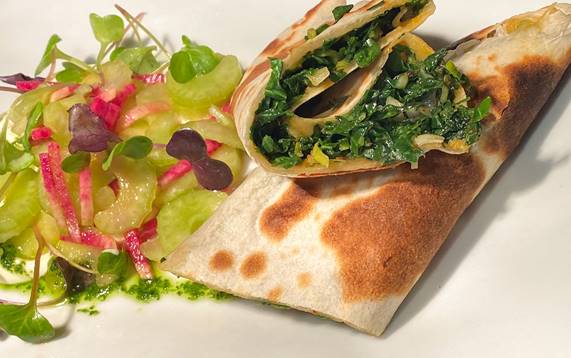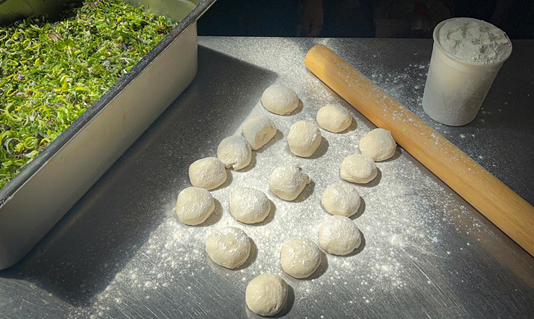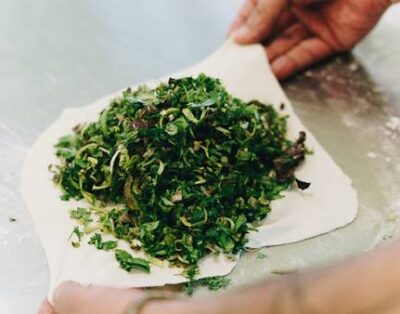Photos courtesy Serge Madikians at https://serevan.com/
AMENIA, NY — Serge Madikians is the chef and owner of the award-winning Serevan Restaurant in Amenia, NY, where he expresses his passion for Middle Eastern flavors filtered through the lens of fresh Hudson Valley ingredients. He is an Armenian-Iranian from Tehran, Iran who came to the U.S. in 1978 with his brother to avoid the Iranian Revolution. He completed his undergraduate degree majoring in history and philosophy. Later, he moved to New York and earned a master’s degree in public policy and economics at The New School. Serge was also a contributing chef to The Immigrant Cookbook: Recipes That Make America Great.
He graduated from the French Culinary Institute in 1998. Upon graduating, he worked in the kitchen of Jean-Georges Vongerichten during a year-long externship. Afterward, he worked at David Bouley’s Danube. Serge said of the experience, “The artistry, craftsmanship and cooking at Danube really helped me formulate a sensibility of my own.” He then became the executive chef at a Moroccan restaurant in New York City named Chez es Saada. In the spring of 2002, he became the executive chef at a small eatery in Bovina, NY. There he gained a reputation for innovative use of fresh, local ingredients. In 2005, he opened Serevan. The name is an adaptation of both Yerevan and Lake Sevan in Armenia.

“K’ndzmendzyuk, chercheruk, s’msemok, mokhratal are just a few of the over two dozen herbal plants, many of whose names are quite tough to pronounce, that the people of Artsakh (Nagorno-Karabakh Republic) use in baking the famous zhengyalov hatz,” said Haykaram Nahapetyan in 2020 in the Armenian Mirror-Spectator. “This delicious bread stuffed with local herbs is known as an authentic Artsakh food, although people of Syunik and some in the Tavush region also bake it. Its increasing popularity has recently been evidenced by the opening of Zhengyalov Hatz restaurants in various places of Yerevan. Twice a major national U.S. media outlet none other than the New York Times named zhengyalov hatz one of the best dishes of Los Angeles.”
“Zhengyalov Hatz, which opened in Glendale in 2020, makes huge, juicy breads filled with chopped herbs and greens, cooking them to order all day so they’re hot,” New York Times’s Jill Cowan reported. On January 1, 2020, the newspaper ran another story on zhengyal bread, calling it ‘the perfect snack.’ In Artsakh typically not just some but all restaurants serve zhengyal. You can enjoy it at Stepanakert’s market where the Artsakhtsi women cook authentic rolls in front of the customer on traditional stoves called ‘sadj.’ This organic, nutritious food is normally sold here for quite
affordable prices.”
Here’s Serge’s recipe for Jingalov Hats that he serves at Serevan. The late, great Anthony Bourdain visited Artsakh for a “Parts Unknown” episode titled “Armenia” that aired in 2018, and Azerbaijan promptly banned him. Jingalov Hats are especially popular during the Armenian Great Lent, due to its vegetarian nature.










